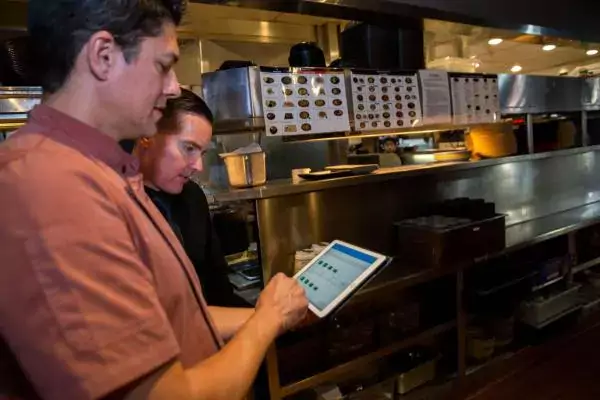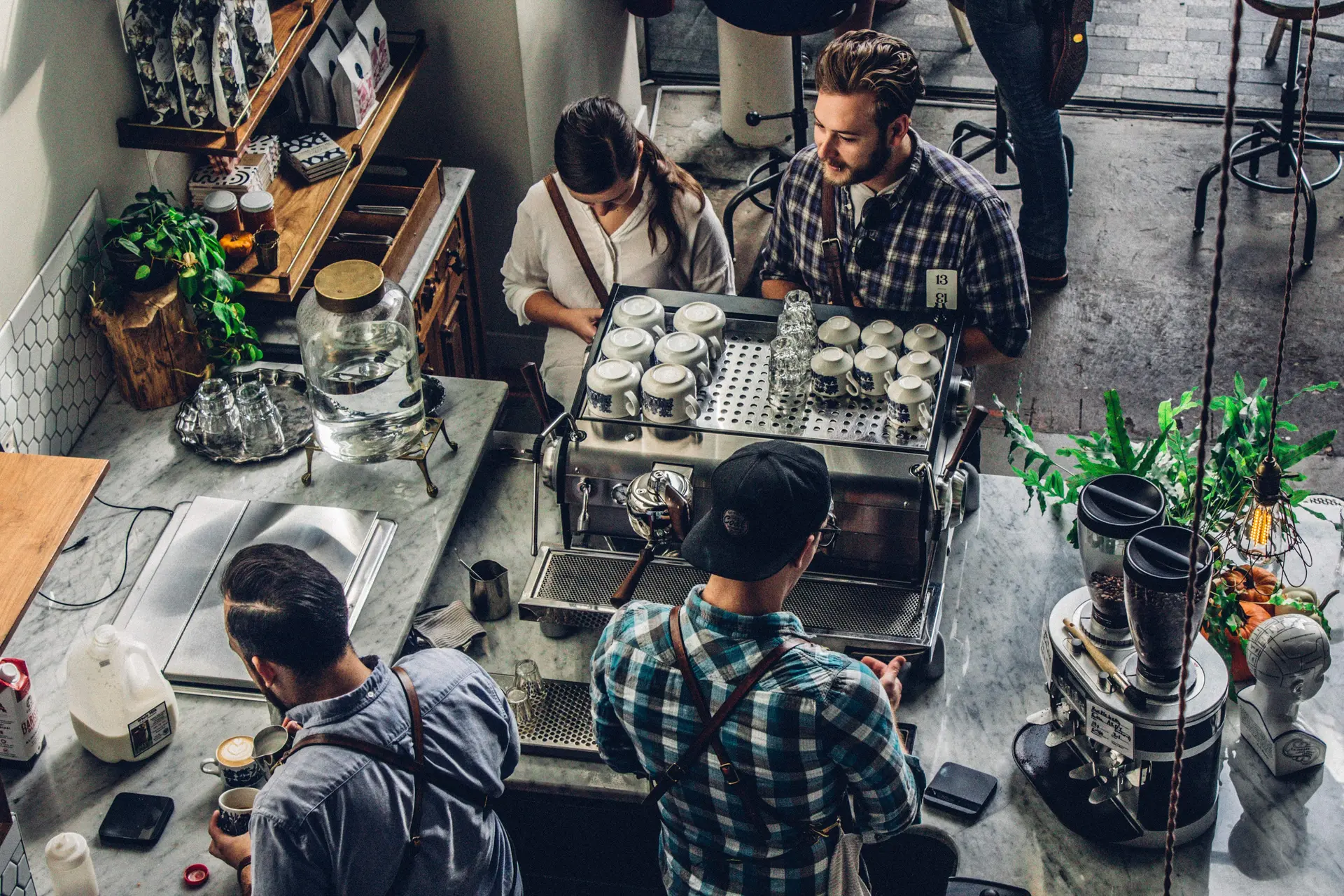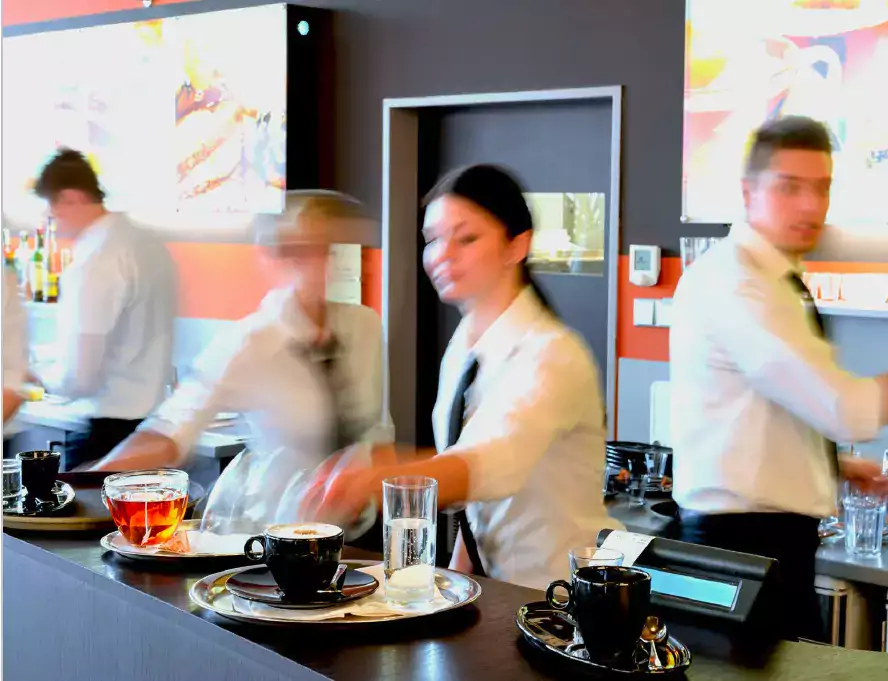In 1968, a Dallas man and Docutel employee named Don Wentzel was standing on line at his local bank, trying to cash a check. The line was long and his lunch hour was evaporating quickly. As he grew more and more frustrated, he suddenly had an idea. Why not invent a machine to take the place of the teller and speed up the banking process?
In the early 1970s, Docutel sold its first automated teller machine. It took years for banks and credit card networks to embrace the technology, but by the 1990s, the number of in-store machines was growing exponentially. Customers love ATMs for the convenience; retailers love them for the in-store foot traffic.
The ATM was by far one of the most significant -- if not the most significant -- in-store innovation of the late 20th century. It’s been a while! Now that it’s 2015, it’s time to find out what the next major innovation will be.
3 Future trends that could drive more in-store foot traffic
1. Amazon Locker
UPS attempted a delivery when you weren’t home and now your package is at a drop-off inconveniently located across town. Amazon Locker is a great solution to the common parcel pickup problem. It’s no surprise that the world’s largest online retailer partnered with the United States’ largest convenience store operator, 7-Eleven, to create a network of Amazon Locker pickups, mainly in metro areas.
How it works: When ordering from Amazon, customers choose to have a package delivered to an Amazon locker located in a 24-hour convenience store. Customers retrieve the parcel at their convenience and hopefully (for the retailer) buy some other items. Retailers also receive a stipend to host the lockers.
2. Bitcoin ATM
Bitcoin belongs in “Game of Thrones.” Since you can’t physically hold a bitcoin, it’s something of a fantasy, yet it’s part of an entire financial “world” on the Internet.
How it works: Bitcoin is a decentralized, digital currency that lacks intuitional and/or political affiliations. Once bitcoin is exchanged for goods and services, the record of the transaction is publicly recorded onto a block chain known as a ledger. Other bitcoin users called miners verify the transactions in the block chain. Miners will receive newly minted bitcoins for their work and more currency enters circulation.
Consumers can also convert cash to bitcoins. Some companies are installing bitcoin ATMs or what others prefer to call bitcoin vending machines. Here’s an interesting video of how a man tries to survive on bitcoin for a day. It seems that the biggest challenge to adoption will be retailers understanding how to accept bitcoin in transactions.
3. Wireless charging
Offering wireless charging stations is futuristic as well, but adoption seems less cumbersome. In fact it’s already happening and it’s no surprise that Starbucks is leading the way. The general idea is that if a customer is going to sit down at one of your tables to charge a cell phone, he/she will first purchase something. At least that’s common etiquette!
How it works: Starbucks unveiled Duracell Powermat charging in approximately 200 of its stores in the San Francisco Bay Area in November and plans to roll out the service nationwide. To charge wirelessly, customers place their compatible device on Powermat Spots, which are designated areas on tables or counters. Or, customers can purchase or borrow “rings” that instantly upgrade any phone to wireless charging compatibility.
Subscribe to our blog
You are now subscribed!


